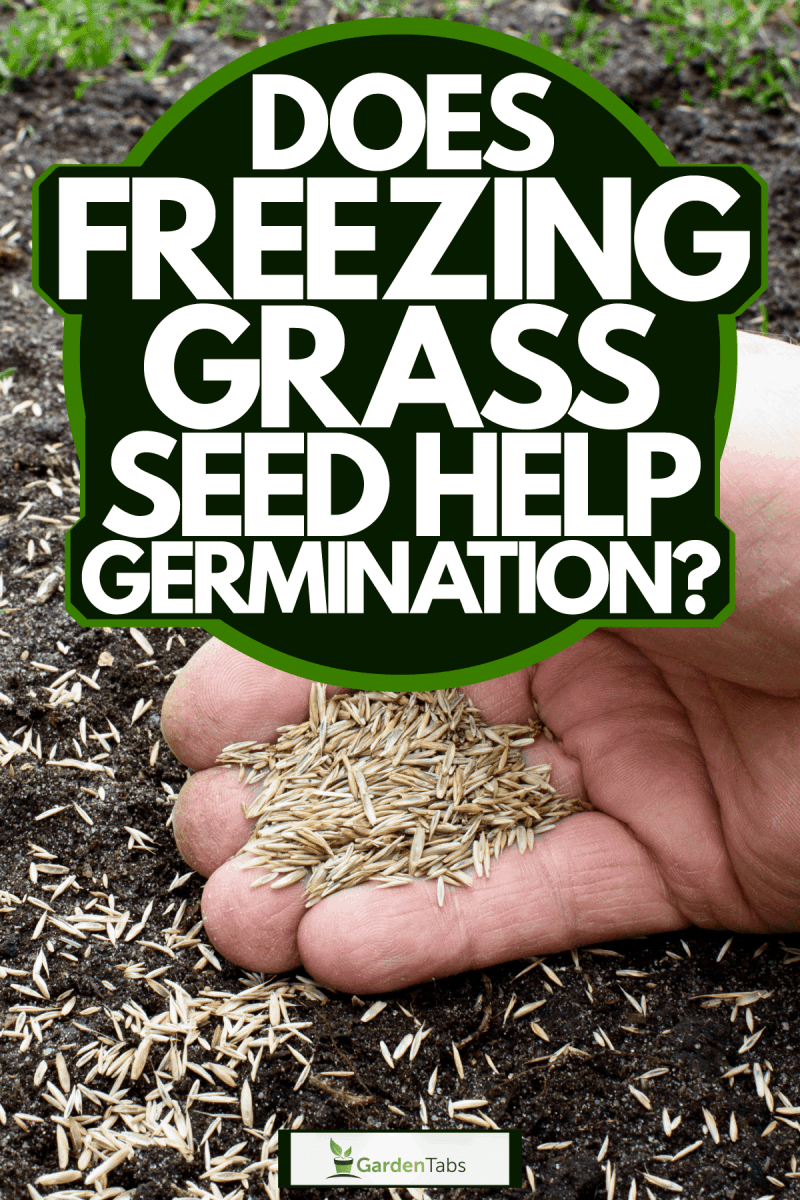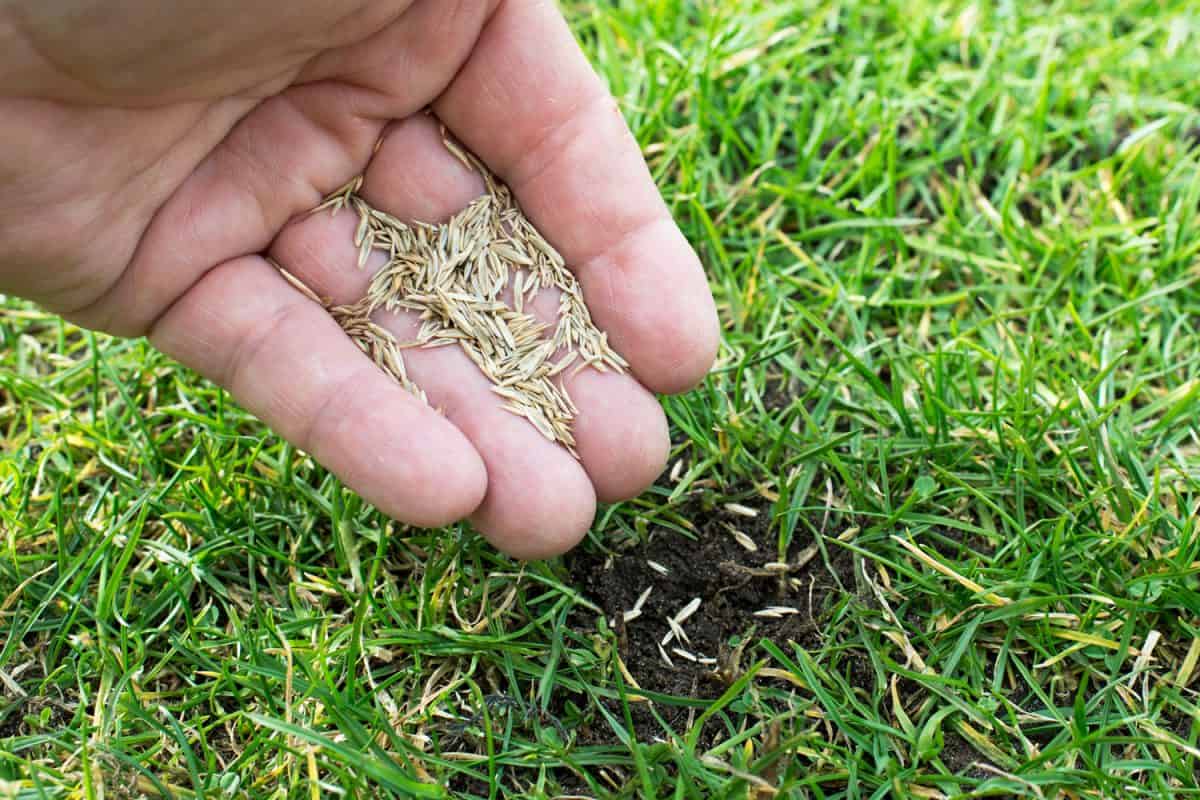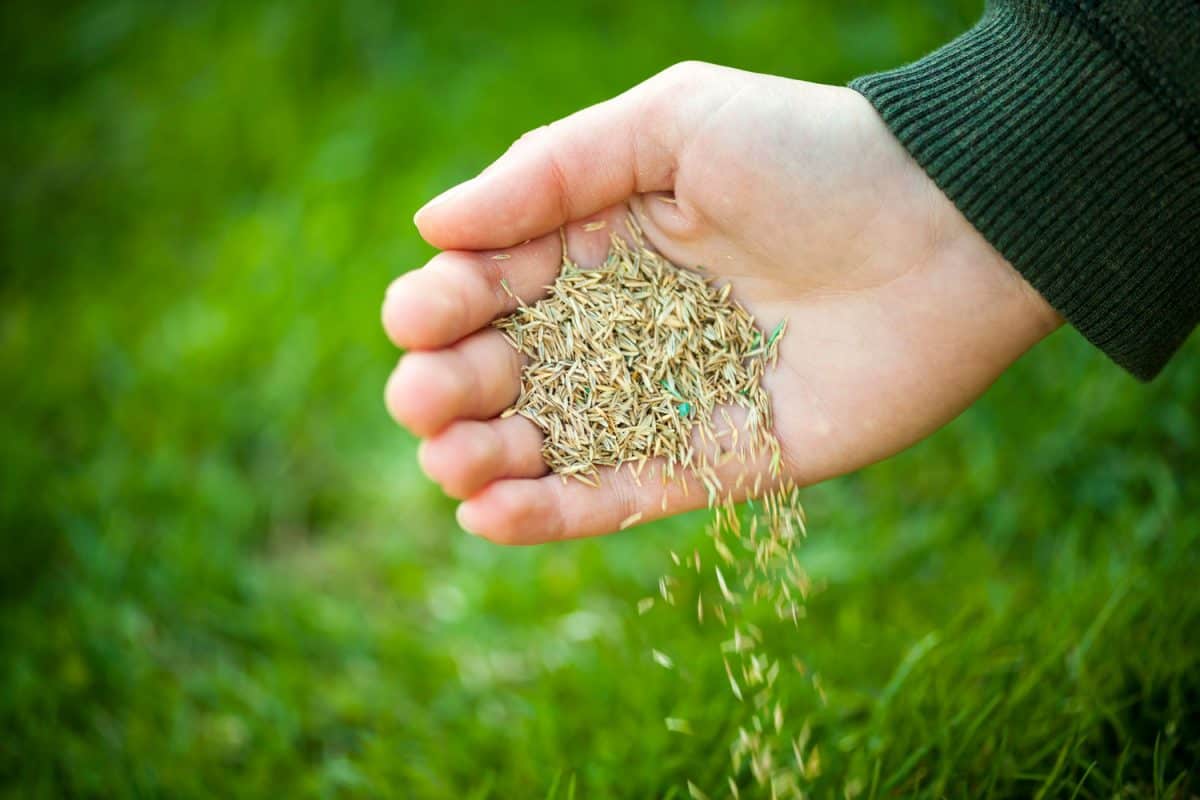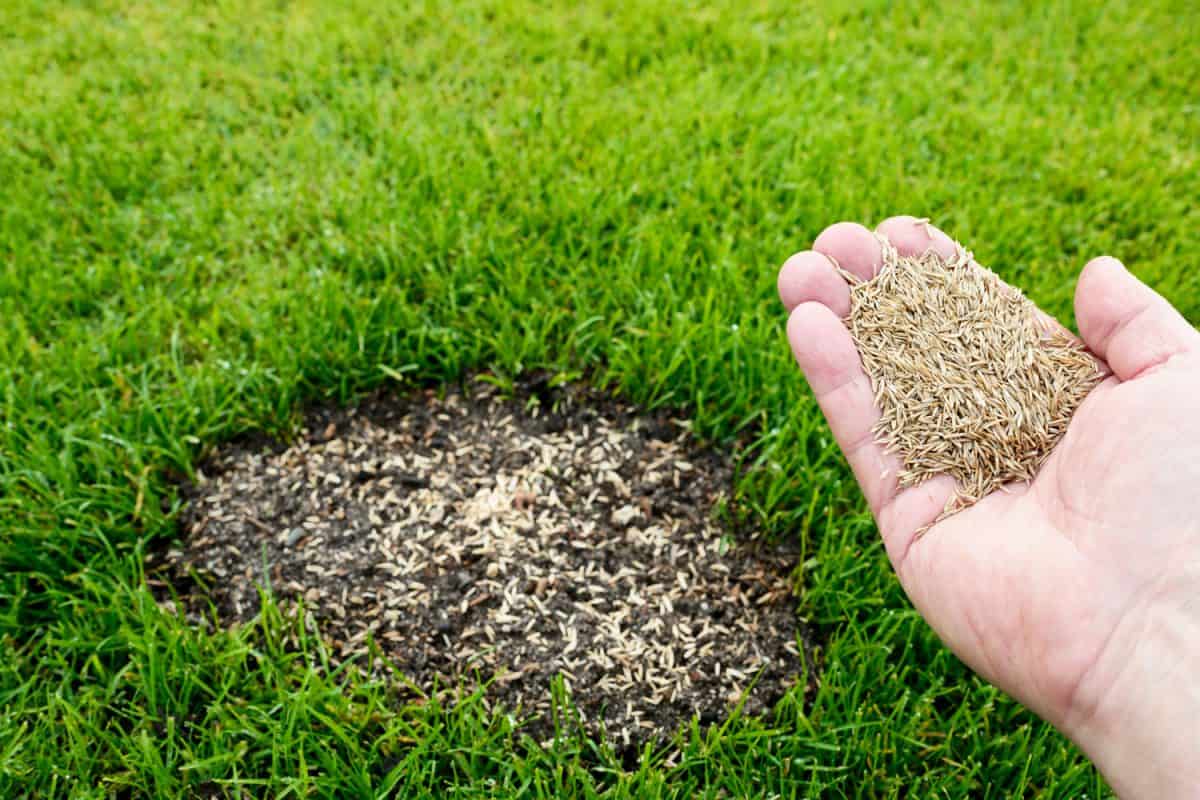Several factors affect the results of grass seed germination. The growth of the seeds varies depending on the environment and temperature conditions. Making changes to the seed's surroundings, such as adjusting the soil's moisture level, improves the outcome. But, specifically, what conditions are best for grass seed germination? We researched these questions for you and summed them up in this post.
Freezing doesn't do much in helping grass seed germination. It usually makes little to no difference in terms of the growth of grass. When the seeds freeze, they stay inactive until the soil and weather reach the proper condition. Instead, freezing could damage the grass seeds, which is common when the seedlings are underdeveloped.
Lower temperatures don't harm the seeds all the time, but it's crucial to know how different conditions can affect grass growth. Keep reading as we further discuss the most and least favorable temperatures for grass seed germination.
NOTE: WE MAY GET A COMMISSION IF YOU DECIDE TO MAKE A PURCHASE THROUGH THESE LINKS. THERE'S ADDITIONAL NO COST TO YOU. CHECK THE BOTTOM OF THE PAGE FOR MORE INFORMATION.

Will Frost Kill Grass Seed?
Frost can, but doesn't always, kill grass seeds. The seeds have low-temperature resistance, allowing them to handle varying temperatures. Usually, frost puts them in a state of dormancy until conditions become favorable for their growth.
In instances where the frost causes inconsistent temperatures in the soil, the grass seeds undergo a series of freezing and thawing cycles. This occurrence kills the grass seeds due to the moisture collecting around them, which attracts mold or causes seeds to rot away.
Younger grass seedlings, particularly newly germinated seeds, are likely to die when they get exposed to frost. Frozen soil provides less water and moisture to roots that are not thick enough. When freezing occurs, younger grass seed roots have trouble consuming water, causing the seeds to die of dehydration.
Can Grass Be Stored Below Freezing?

Grass seeds shouldn't stay below freezing temperatures for storage. The best place to keep them is in a cool and dry place, preferably with proper air circulation. It prevents the collection of mold and early germination.
You can expect grass seeds to remain undeveloped for a while when they are stored and planted below freezing. But the cold makes them rot, especially when mixed with moisture from damp soil. If the grass seeds start developing, sudden temperature changes could kill them for similar reasons.
Refrigerators and other humid areas also damage sprouted grass seeds. Plants undergo a process to help them reduce water loss by closing their stomata, which they use to breathe. High humidity levels make it hard for plants to release trapped water vapor and receive new nutrients. And so, the grass seeds may suffocate because they are unable to move carbon dioxide and oxygen around.
What Temperature Will Kill New Grass?
Extreme temperatures have a higher chance of killing new grass. When seedlings are young, they become more susceptible to extreme hot and cold conditions. However, they usually die faster at warmer temperatures as opposed to colder conditions.
New Grass In Cooler Temperatures
The cold kills new grass due to the freezing of the soil. It causes a lack of water provided by the roots, resulting in potential grass death. Colder temperatures, anything about 50 degrees Fahrenheit or lower, can kill the grass in a few days to a few hours.
Cold conditions may produce harmful inconsistencies, too, such as when frost forms. Moisture increases around the seed from a repeated freezing and thawing process. Grass seeds require consistent soil moisture when they are newly planted. The increase results in the growth of mold, damaging the grass seeds and causing them to rot instead.
New Grass In Warmer Temperatures
Generally, warmer temperatures are more harmful to the seeds. Damages from heat and humidity affect the grass seed's growth. Temperatures above 100 degrees Fahrenheit are strong enough to harm them. Under 140 degrees Fahrenheit or hotter can kill them within a short period of exposure.
In the heat, the grass seed's germination rate goes lower. Damage and the death of the grass seeds cause a decrease in grass growth. Because warmer temperatures are likely to be more humid, even at lower than 140 degrees Fahrenheit, they tend to suffocate due to inefficient breathing.
What Is the Lowest Temperature You Can Plant Grass?

Temperatures between 50 degrees to 75 degrees Fahrenheit are optimal for planting grass. The period you choose to plant them determines the growth rate, so knowing the best time is the key to successful germination. Under these conditions, the soil provides the right amount of moisture to the grass seeds.
In planting grass seeds, there are two types for you to remember. These are cool-season and warm-season grasses. Generally, 50 to 75 degrees Fahrenheit won't affect them negatively, but there are specific times to plant them when you're looking for the best results.
Planting Cool-Season Grass
Cool-season grass adapts to colder conditions where the temperature reaches 65 degrees Fahrenheit or lower, particularly before winter. If you plant this type of grass before summer, they often fail to survive after sprouting since they cannot handle heat well. The best season to plant them would be autumn when the weather is slowly moving towards a colder climate.
Planting Warm-Season Grass
For warm-season grass, 65 degrees Fahrenheit or higher would be ideal for them to germinate well. When you should plant the grass depends on your location, but your safest bet would be before spring. It's crucial to wait for the frost to completely clear and the soil to warm with warm-season grasses. Planting them before clearing these conditions will result in poor germination.
Can I Pre-Germinate Grass Seed?

Yes, grass seeds can be pre-germinated. The process takes off a seed coating to allow seedlings to sprout within shorter periods. There would be a decrease in seed loss since they take less time to develop.
Pre-germination also regulates water consumption. The goal of pre-germination is to remove the seed's coating to expose the grass seed. Water from the soil makes direct contact with the bare grass seed. Then, water usage becomes more efficient.
How To Pre-Germinate Grass Seeds?
- Determine how much area you are looking to cover.
- Measure the number of grass seeds you will need to cover the area.
- Take a breathable bag and put the grass seeds inside. Seal or tie the bag tightly to prevent them from spilling.
- Fill a bucket or container with room-temperature water, then place the bag of seeds inside. Push it down to make sure the water soaks all the grass seeds.
- Frequently change the water. You can do this every 12 to 24 hours to keep them from rotting.
- Let the bag of seeds soak for about 4 to 5 days in a place with a temperature of about 70 degrees Fahrenheit, preferably somewhere dark.
- When the seeds begin to germinate, drain the bag, then pour the seeds onto a clean, smooth surface.
- Keep them as moist as possible until they get planted.
The Bottom Line
In grass seed germination, freezing won't make a noticeable difference to their growth rate. Rather, freezing keeps them dormant until the condition is good for them to sprout. Some climate conditions will damage the grass seeds, especially on extreme levels. Frozen soil may end up killing them from too much moisture production, leading to molding and rotting.
You can produce efficient germination by identifying the best times to plant grass seeds. In addition to climate conditions, pre-germinating is a strategy used in successful grass growth.
Before you go, read more on how freezing takes an affect on different plants or their extracts:



